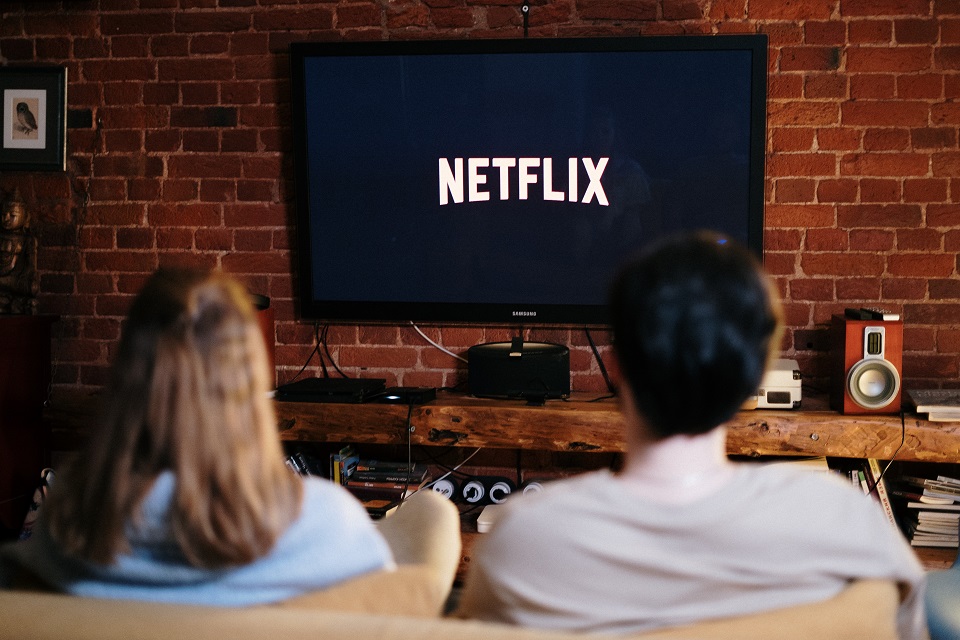One of the biggest factors that influence the buying decision is advertising. Conventional advertising mediums typically consisted of a mix of TV, print, radio, and billboards. Of course, new avenues opened up with the arrival of the internet. Large TV providers began using their existing infrastructure to offer high-speed internet as well. High-speed internet services soon penetrated the US market on par with popular TV plans like Spectrum internet and TV.
Today, almost every business with a desire to grow invests in digital marketing and maintaining an online brand presence. However, despite what you may have heard or perceived about modern marketing, TV advertising still reigns supreme compared to other marketing mediums. This blog explores several solid reasons why this is the case.
Table of Contents
A Single Ad Spot Reaches Mass Audiences
One of the key advantages of using TV advertisements is the opportunity to reach out to mass audiences. Of course, you can do that with digital channels too. But you’ll have to run multiple digital campaigns on various mediums to reach an audience of the same size. With TV adverts, however, a single ad spot can instantly reach a massive audience. Everyone tuned in during that ad spot will see the ad and unlike social media, they can’t scroll past it or skip it as you do on YouTube.
Targeting Specific Audiences Isn’t That Hard
People often assume that targeting segmented audiences with relevant ads is only possible on social media or search engines. Yes, these mediums have various options to select and refine a target audience demographic based on different factors like interests, likes, browsing history, etc. But digital mediums aren’t the only mediums by far that allow brands to target specific audiences. TV is where targeted advertising first emerged. Since TV plans have diverse channels with unique programming, they appeal to different audiences.
To target a specific demographic, all you have to do is purchase ad spots for times when you are sure they’ll be watching specific TV shows or programs. For example, a Budweiser commercial during the Super Bowl will reach a population mostly comprising of male sports fans, who are the prime target for beer. Similarly, an ad for Fenty makeup on female channels like Bravo would work well because the target audience watches the channel anyway.
TV Ads Capture Undivided Attention
With digital mediums, your brand could be just another one among dozens (if not hundreds) of similar ones. You’ll have to work significantly on creating ad copies and visuals that stand out from the rest of the ads bombarding your audience. But TV ads are fundamentally different. Since people are already focusing on the TV screen, there is a better chance of them seeing and absorbing your ad. Even more importantly, audiences have very little control over TV programming and commercial breaks. They can’t block, skip, or ignore your ads as long as they’re watching the right channel when your ad runs. Even if they aren’t paying full attention, you can be sure your brand was immediately visible and may have made a subconscious impression.
Ad Production Costs Indicate Business Credibility
Many brands, especially smaller ones, shy away from TV ads because of the cost factor. Ad production is a serious undertaking and can turn out to be quite costly with factors like copywriters, art directors, camera crews, audio crews, music composers, and actors. But this cost factor in itself can often prove to be an unexpected advantage. Most TV consumers, such as the ones who keep calling Charter Customer Service to ask for more channels, understand that TV ads cost serious money. This automatically creates a perception of credibility in reference to any brand that is advertising on TV. The math is simple. If a brand has money to splurge on TV advertising, they must be confident about their product or service paying back a return on the investment. An ad isn’t just about showcasing your offerings, but also your brand. And TV offers a great way to establish brand credibility.



